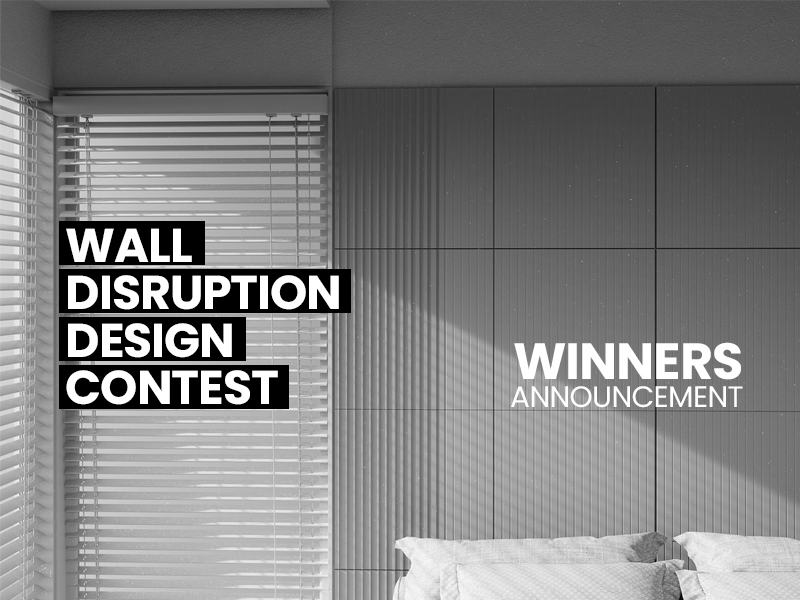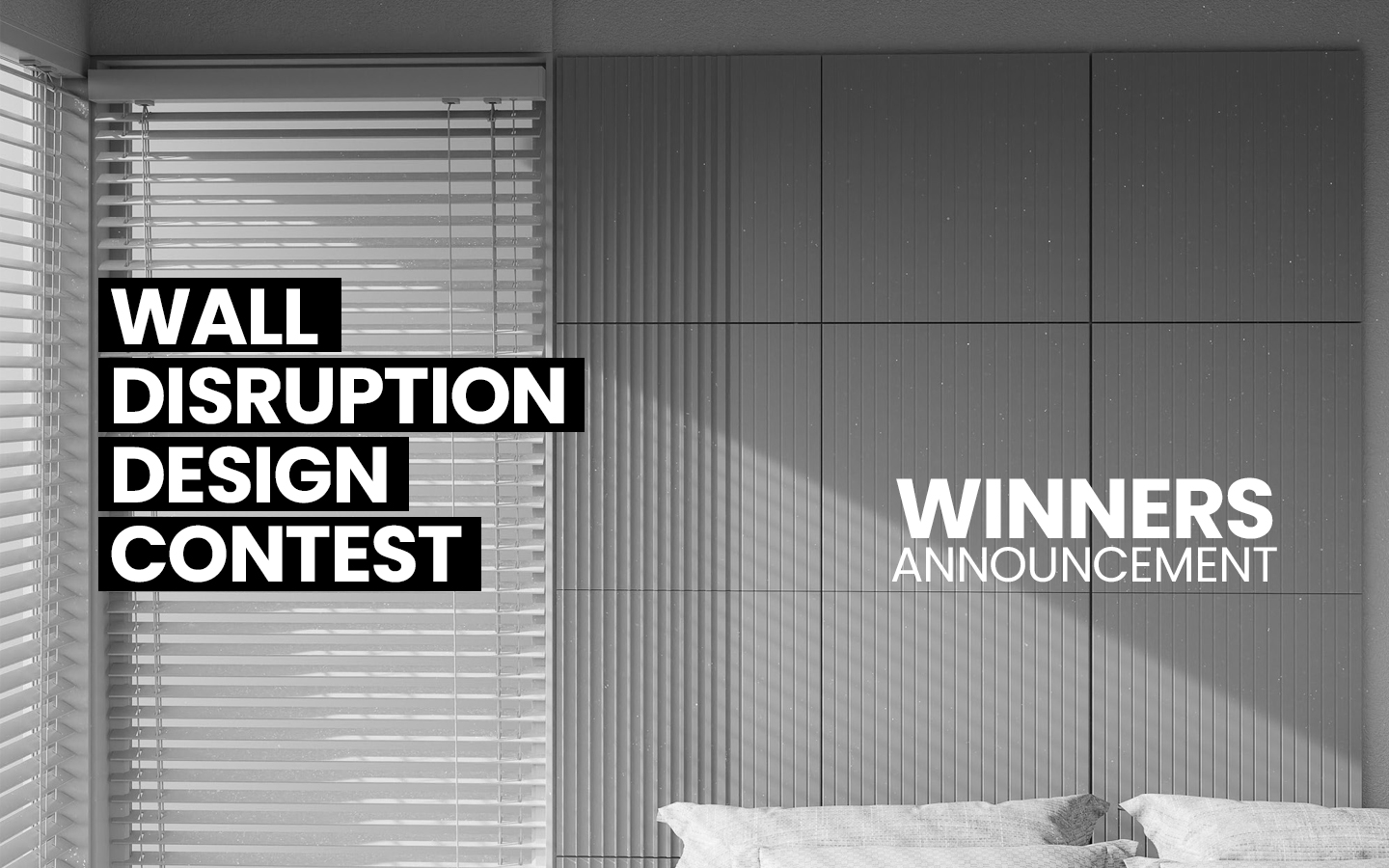
Mogu is honoured to announce the winners of the first Wall Disruption Design Contest, an international initiative dedicated to exploring how design can act as a catalyst for ecological awareness, material innovation, and systemic transformation.
More than one hundred proposals from around the world have been carefully encountered and considered, each embodying a distinct yet interconnected expression of creative responsibility, ecological sensitivity, and material awareness.
This Contest reaffirms our belief in a design practice that transcends conventional aesthetics, embracing instead the living processes of change — cultural, material, and relational — which are essential to nurturing regenerative futures.
The Jury
The jury has evaluated the submissions and selected those that best embody the contest’s vision and values.
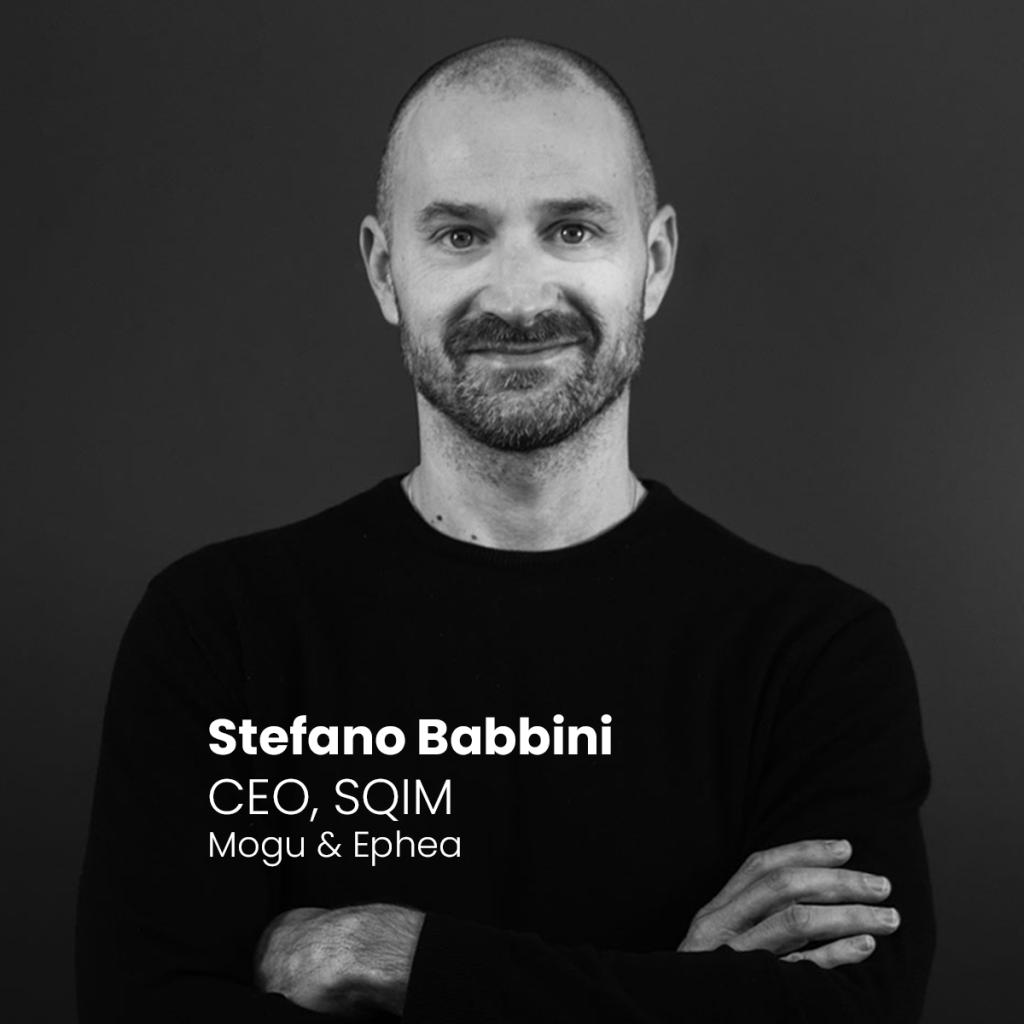
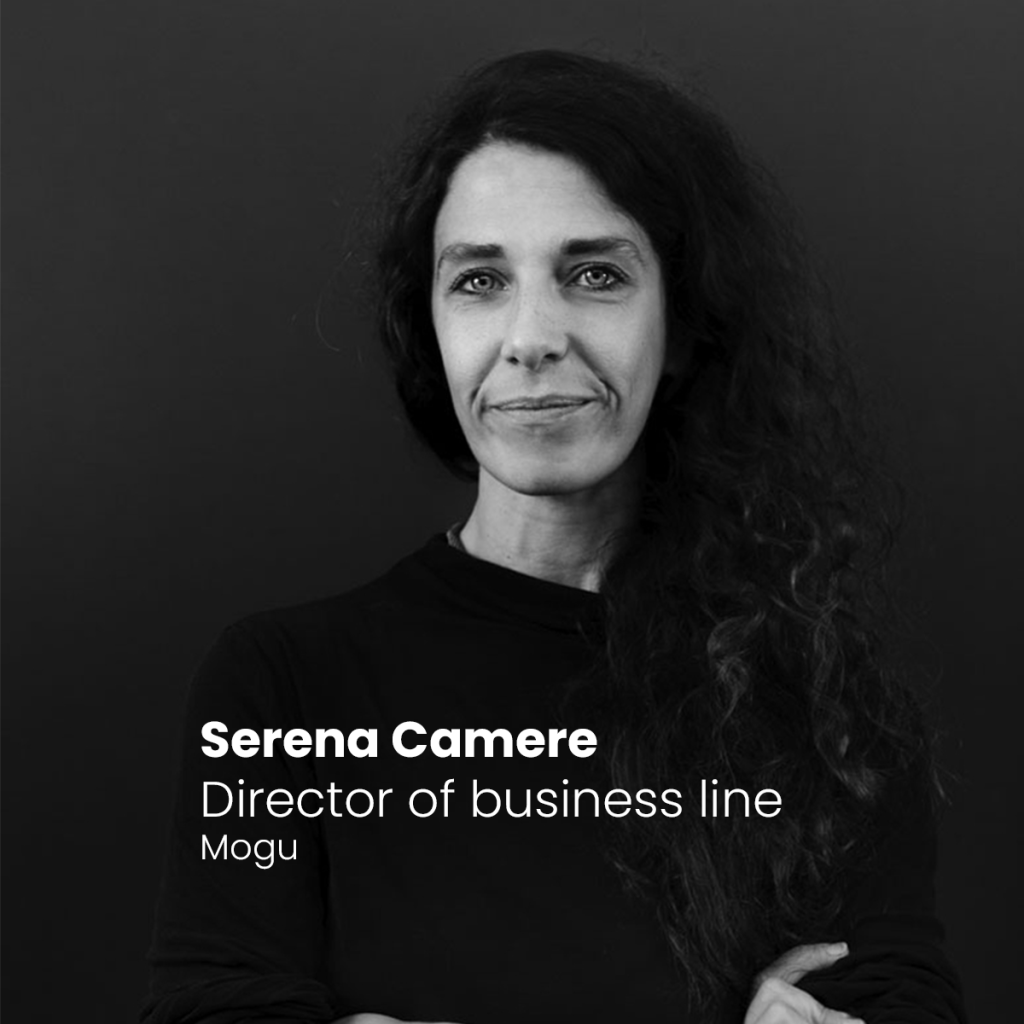

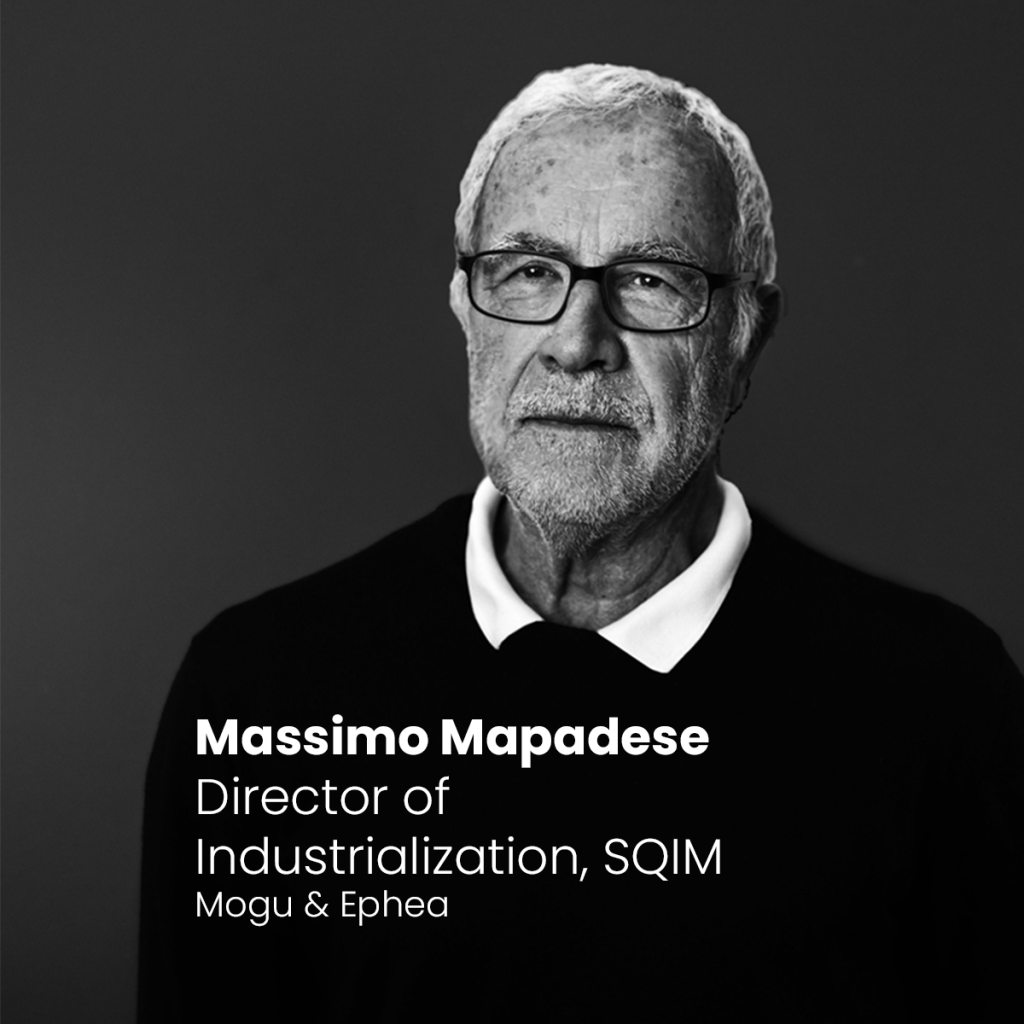

Projects have been assessed according to the following criteria:
- Originality – The uniqueness of the idea and its level of innovation.
- Relevance to the brief – How well the project aligns with the contest’s themes.
- Technical feasibility – The practicality and viability of implementation.
- Aesthetic quality – Visual appeal and artistic merit.
Winner
Hsiang Chih Chao – Breathing Wall
Breathing Wall is a poetic and sensorial piece that reimagines the relationship between architecture, time, and living matter.
Using refined concave-convex morphologies, the design captures the dynamic choreography of natural light across interior surfaces. As daylight changes from dawn to noon to dusk, shadows glide over the undulating texture of the wall, animating the space with an organic, breathing rhythm.
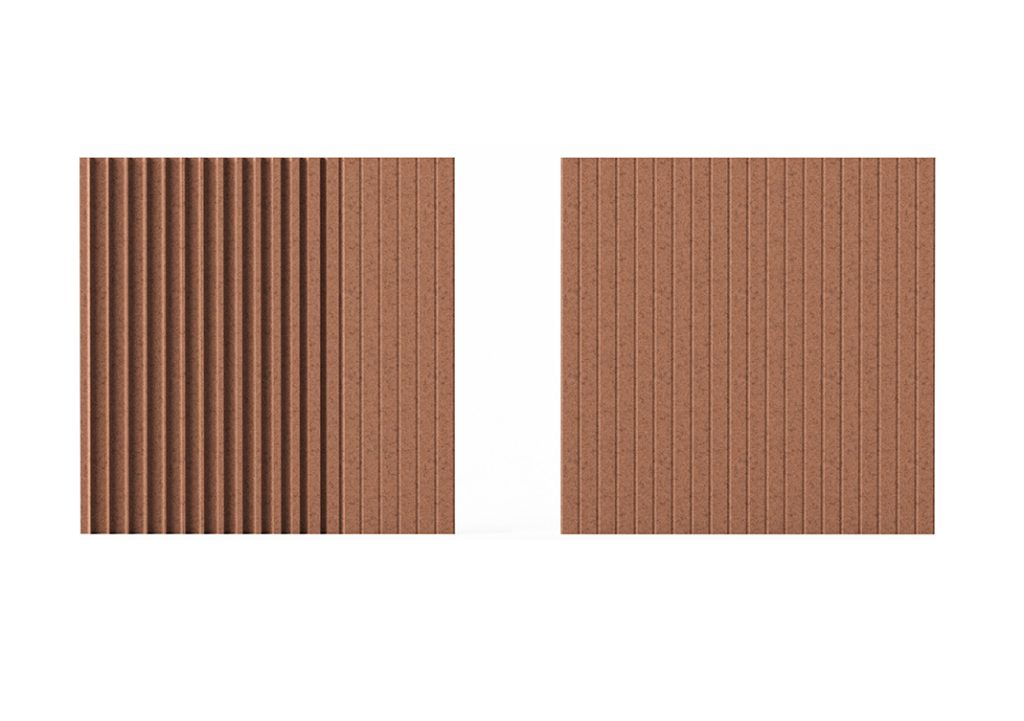
The work does not simply decorate a surface — it transforms the interior into a living, temporal landscape, where materiality becomes an agent of awareness.
Through its subtle interaction with light, Breathing Wall cultivates a heightened perception of temporality and the silent dialogue between human presence and environmental cycles.
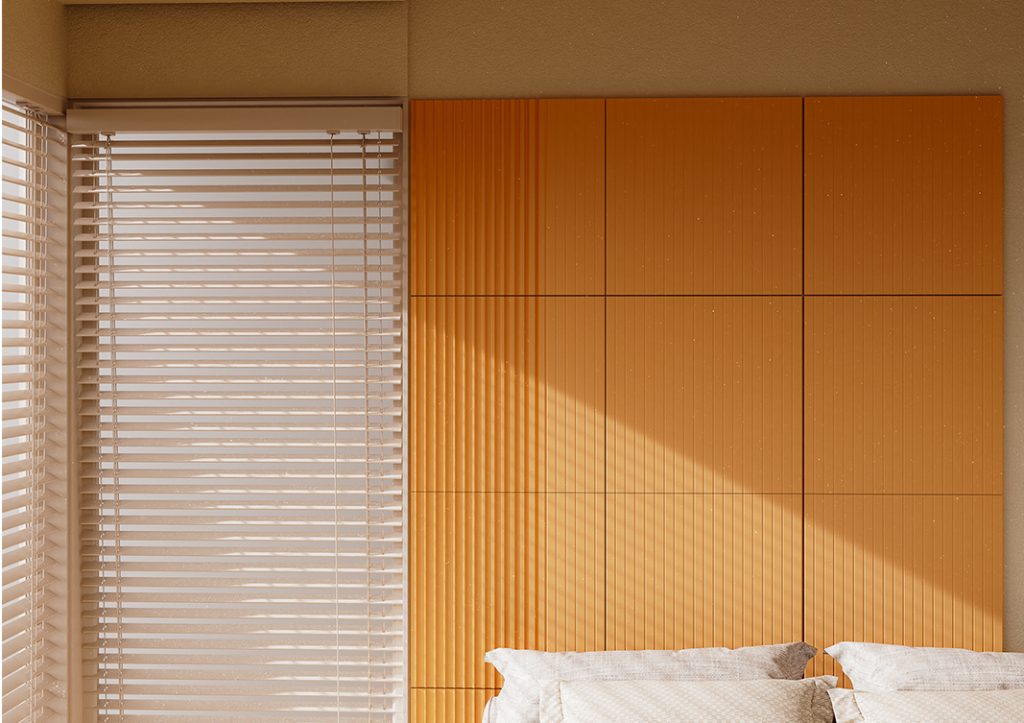
Honourable Mentions
Amandine Thorel – Cells
Cells is an intimate exploration of the microcosmic architectures that govern life.
Drawing inspiration from organic topographies, cellular structures, and microbial networks, Thorel proposes a delicate patterning system where forms flow and interconnect with a quiet, natural logic.
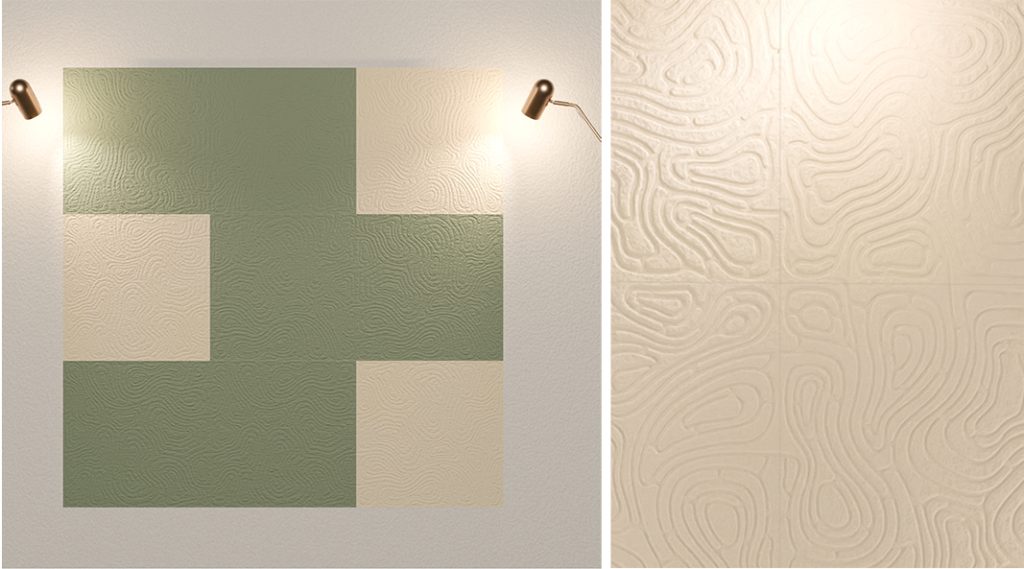
Each module in Cells appears almost to have grown rather than been manufactured, echoing the biomimetic principles at the heart of regenerative design.
By embracing the invisible yet fundamental vitality of living microstructures, the project invites a new relationship with the materials we inhabit — one based on symbiosis, fluidity, and silent resilience.
Leonardo Ceccarelli & Alessia Arcolaci – Koral
Koral offers a profound narrative inspired by coral ecosystems — intricate, silent, resilient architectures that embody the wisdom of adaptation.
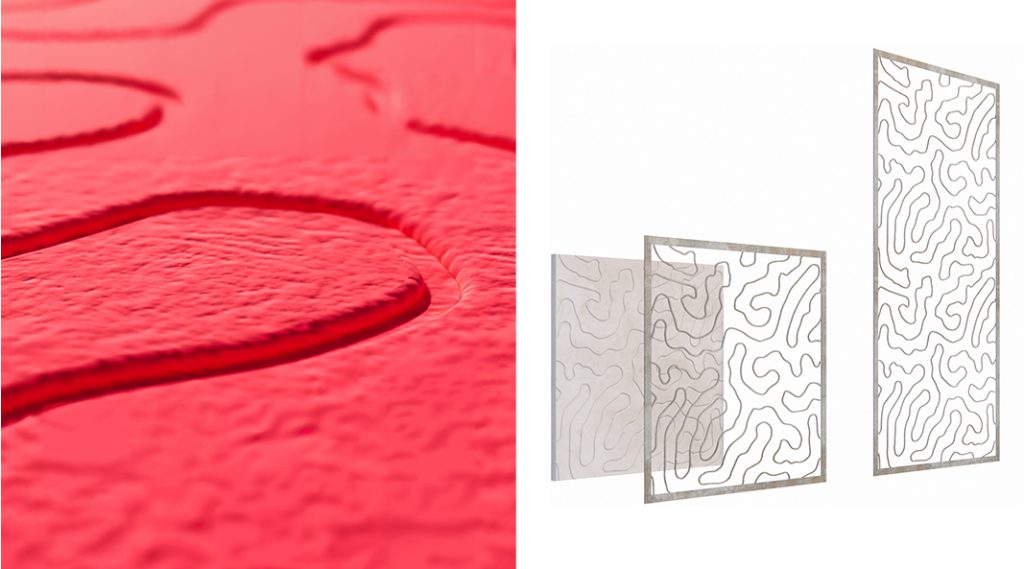
The modular panels are designed not only for visual texture but also for acoustic functionality: by mimicking the porous, diffusive quality of coral structures, Koral enhances sound absorption and diffusion within interior spaces.
Beyond its technical performance, Koral serves as a symbolic bridge between terrestrial and marine ecosystems, highlighting the interconnectedness of life networks such as mycelium and coral reefs.
It reminds us that both land and sea are bound by cycles of transformation, fragility, and regeneration.
A Collective Commitment to Regenerative Futures
To all participants: thank you for sharing visions that embody responsibility, creativity, and care — essential foundations for shaping the regenerative futures we aspire to.
At Mogu, we believe in a design practice rooted in ecological intelligence, material innovation, and the profound recognition that every action — every gesture of making — can become an act of regeneration.
Let’s continue cultivating spaces that breathe, evolve, and care for the world around us.

